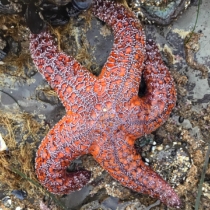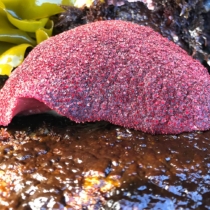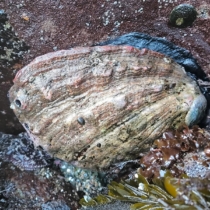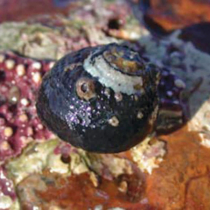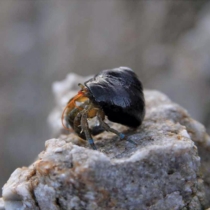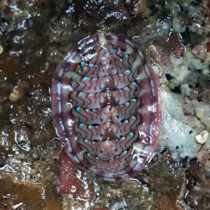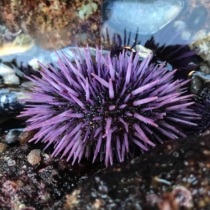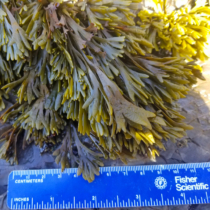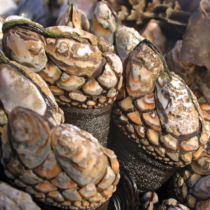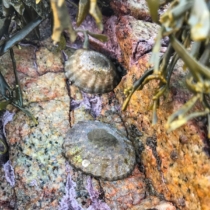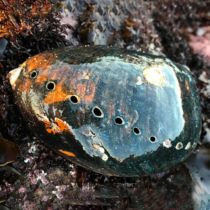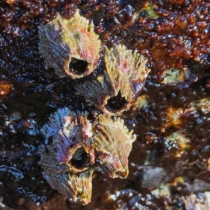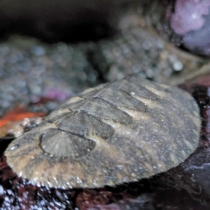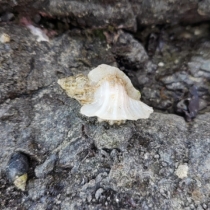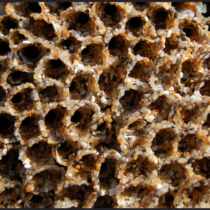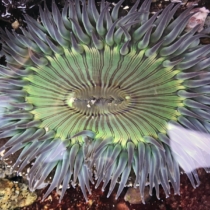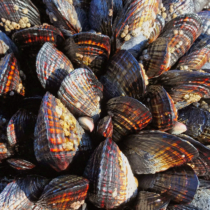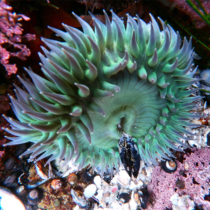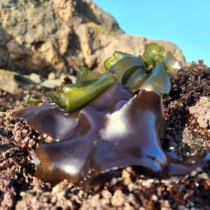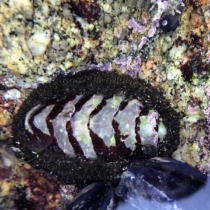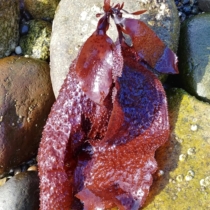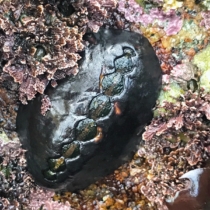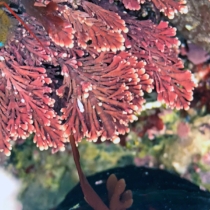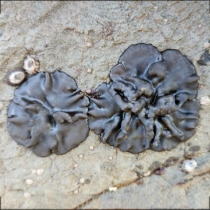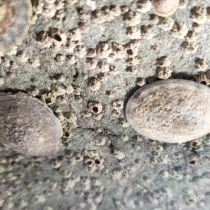Description: In this procedure, all the individuals of selected large, presumably important species are counted in one or more large defined areas.
Purpose: By counting larger invertebrates such as abalone and anemones in a permanent area, we can detect changes in abundance over time. The ochre seastar is the “keystone” species governing biological diversity in the entire intertidal zone.
Procedure: The size and location of permanent areas used for total counts varies from site to site; however the general technique remains the same for all sites. The general procedures are as follows:
- Mark the boundaries of the permanent area with meter tapes or cones.
- In teams of two or three, systematically search the whole area moving back and forth in successive swaths about the width of your outstretched arms.
- Designate one person as the recorder. This person is responsible for completing the data sheet. The others should be searching—and should tell the recorder what they see as they see it.
- The team should look carefully in cracks and crevices and under ledges.
- Count individuals if any portion of the animal is inside the permanent area.
- Of course, some individuals will be missed, so total counts are just estimates of the true abundance. If 5-10 teams count the selected species in the same defined area, the average number counted provides a reasonable estimate that can be compared over time.

